BLOG
2019.05.24 update
Why Don’t We See “2” and “L” Range from the Recent Automatic Cars?
The transmission of vehicle is roughly classified to three types; Automatic type, Manual type, and Semi-Automatic type.
Just for people who don’t know very well about what is the difference of three types;
Automatic type: The transmission with the function of changing the gear automatically depending on the vehicle speed and rotational speed of the engine.
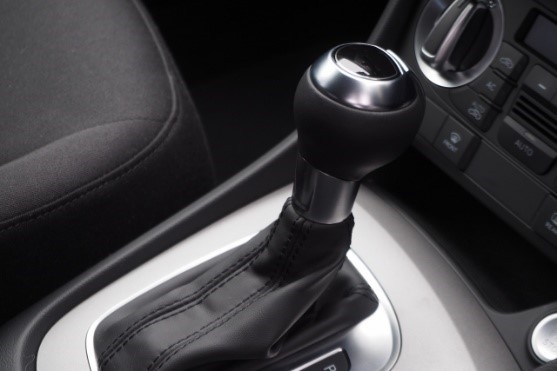
Manual type: The driver should change the gear to optimal one manually while stepping on the clutch pedal
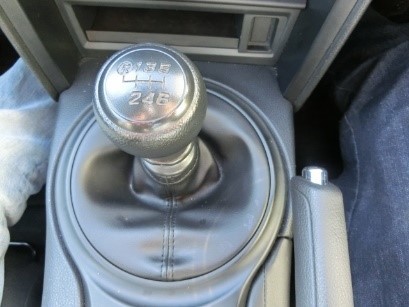
Semi-Automatic type: Driver can change the gear manually depending on the vehicle speed without stepping on the clutch pedal as it is controlled automatically.
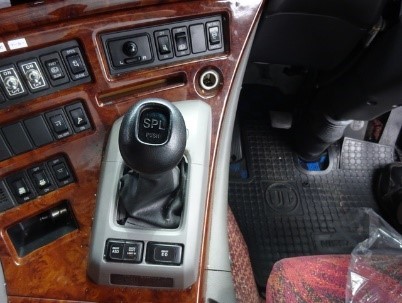
The shift levers of recent cars with automatic transmission are based on the four positions of P (Parking), R (Reverse), N (Neutral) and D (Drive), and some cars have M (manual) gear beside D range like the picture below.
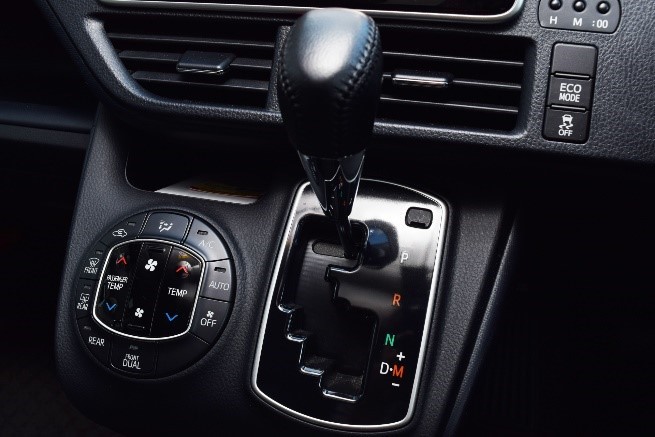
Long time ago, however, it was normal for the AT cars to have a range such as "2" (Second gear) or "L" (Low gear) under D like this.
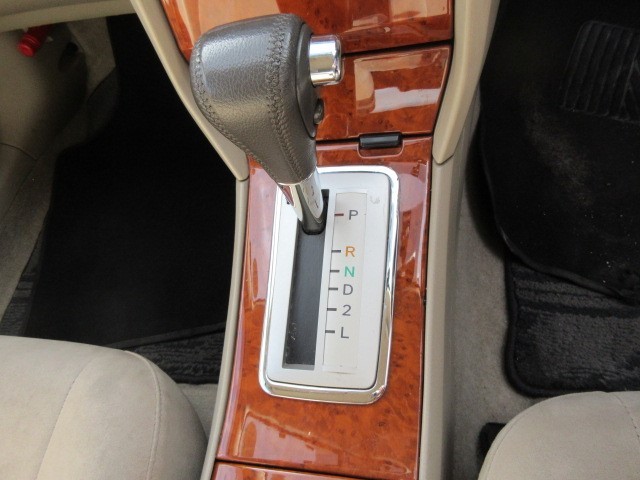
How did that "2" and "L" range go away with recent cars?
History of 2 or L Gear
Before describing the reason of disappearing those gears, why was the "2" or "L" gear range necessary in the first place?
Regarding to the D range of the old automatic transmission, performance of upshifting was not so bad, but downshifting was very negative. We needed to move the shift lever manually and drop the gear arbitrarily in order to obtain sufficient engine braking power.
When it is long downhills, steep uphills, and sporting driving where strong acceleration is required, it was time to use the 2 and L gear. At the time the AT was not developed so much, it was mainly driving in 3rd and 4th gear, so there was an OD (overdrive) on / off switch button, and if there were "2" and "L" ranges, we could choose the gears freely depending to the vehicle speed and engine rotation speed.
Development of Automatic Transmission
The world's first 5-speed automatic transmission (Y31 Cedric Gloria) appeared in 1989, and 6-speed one in 2001, and 7-speed one were also developed in 2002 in quick succession. Multi-gear stage progressed rapidly, and now it is 6-speed one is the standard type of automatic transmission.
In this condition, if you choose gears arbitrarily, only "2" and "L" gears are not enough to drive comfortable. That is why "M" range is provided for the paddle shift and selector lever as alternative, and the gears can be selected with "+ (upshifting) and "- (downshifting)" for the recent cars. It makes the drivers comfortable and enjoy to drive.
More efficient with “D” Mode.
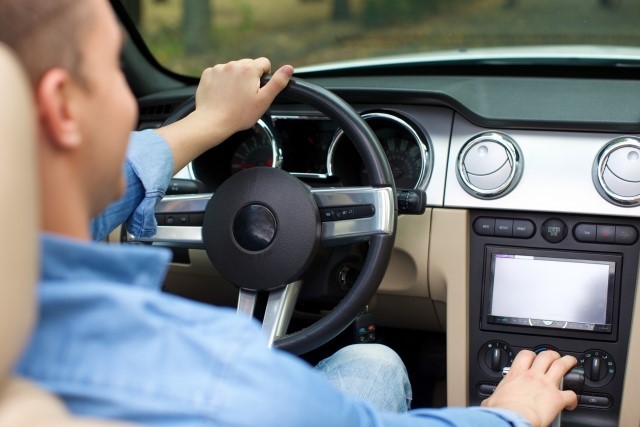
Since all programs have automatic shift point control according to the environment, road conditions, ups and downs, and driver's operation simply by putting them in the D range, the more excellent the AT, basically The D range can run at the most efficient engine speed.
So, while the number of select downs and select ups decreases, the shift change will be close to the day when full autos become commonplace.
Our stocks of truck are mainly with Manual Transmission, but also have Automatic and Semi-Automatic one.
Looking for your vehicle below URLs for our current stocks.
AUTOMATIC https://bit.ly/2HN0nty
SEMI-AUTO https://bit.ly/2Wmr7uf
MANUAL https://bit.ly/2HTOQsI
---------------------------------------------------------------
Japanese Used Trucks & Machinery Exporter
Yamada Sharyo Co., Ltd.
Website / Contact Us / About Us
Search Trucks / Search Machinery
---------------------------------------------------------------
- LATEST ARTICLES
-
-

2022.04.05
Mitsubishi Fuso Truck and Bus Corporation Introduces New "Euro 4" Compliant Lineup to Indonesian Market
-

2022.03.22
We Opened Facebook Page and Instagram!
-

2022.03.08
Recent Best Sell!
-

2022.02.22
Japanese made excavator brand ‘YANMAR’
-

2022.01.05
Special Announcement ~AUCTION & EXPORT SERVICE STARTS!~
-
- CATEGORY
- ARCHIVES
-
- 2022-04(1)
- 2022-02(1)
- 2022-03(2)
- 2022-01(1)
- 2021-01(2)
- 2021-06(2)
- 2021-03(1)
- 2021-09(1)
- 2021-07(2)
- 2021-08(1)
- 2021-12(4)
- 2021-11(1)
- 2021-02(2)
- 2021-05(3)
- 2021-10(2)
- 2021-04(3)
- 2020-04(8)
- 2020-02(4)
- 2020-01(4)
- 2020-07(4)
- 2020-05(3)
- 2020-12(2)
- 2020-08(3)
- 2020-10(3)
- 2020-06(6)
- 2020-09(3)
- 2020-03(5)
- 2020-11(2)
- 2019-01(3)
- 2019-12(4)
- 2019-08(3)
- 2019-11(5)
- 2019-04(7)
- 2019-02(4)
- 2019-05(4)
- 2019-06(4)
- 2019-07(3)
- 2019-09(4)
- 2019-10(4)
- 2019-03(3)
- 2018-02(4)
- 2018-05(4)
- 2018-06(7)
- 2018-10(4)
- 2018-07(4)
- 2018-11(5)
- 2018-09(4)
- 2018-08(4)
- 2018-03(5)
- 2018-12(3)
- 2018-04(6)
- 2018-01(4)
- 2017-12(8)








